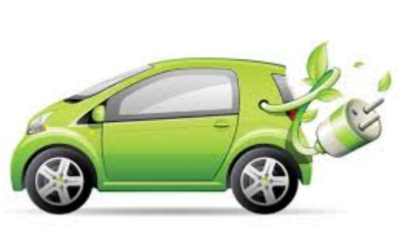FAME-II Scheme and Energy Needs
The government had introduced the FAME II scheme to boost the adoption of electric and hybrid vehicles in the country. The Confederation of Indian Industry (CII) has made the following observations about the scheme:
- It estimates that India can save 64% of anticipated road-based mobility-related energy demand and 37% of carbon emissions in 2030 by pursuing a shared, electric, and connected mobility future.
- This reduction in energy demand would result in the reduction of 156 million tonnes of oil equivalent (Mtoe) in diesel and petrol consumption for that year and net saving of approximately $60 billion in 2030 at present oil prices.
- Further, this would give impetus to India’s vision of reducing oil imports by 10% by 2022.
- The electric vehicle penetration in India is currently at just 1%, FAME alone is not enough to reach the 30% electric vehicles target by 2030.
- CII calls for boosting of the domestic manufacturing of vehicles, components and batteries needed to be boosted, along with skill development across the value chain, and the strategic sourcing of key raw material.
- For transport to go truly green, there must be accompanied by a rising share of renewables along with environmentally sustainable batteries.
Transport sector in India continues to be the highest oil consuming sector and the use of diesel and petrol grew at 5.9% and 9.9% respectively in the last 10 years. India’s import dependency on oil has increased from 78.3 per cent of total consumption in 2014-15 to settling at a new high of 83.7% in the 10-month period of FY19. Hence FAME scheme has multiple benefits for both the economy and environment.
Month: Current Affairs - May, 2019


